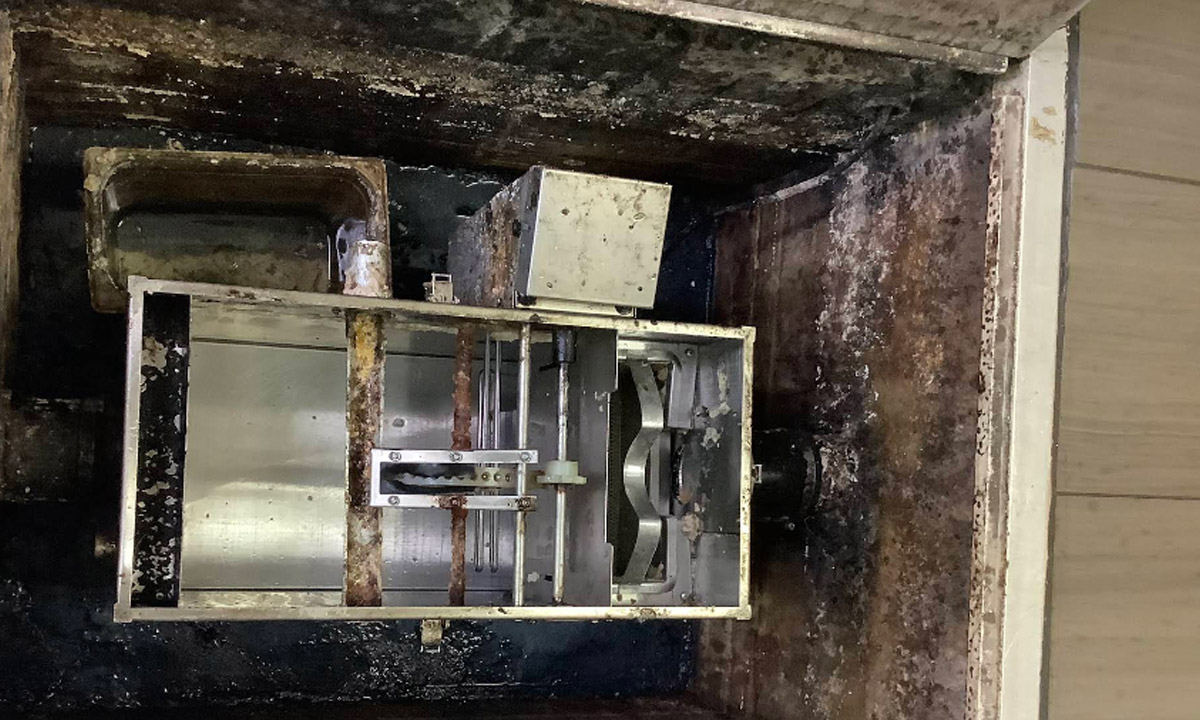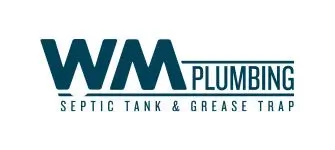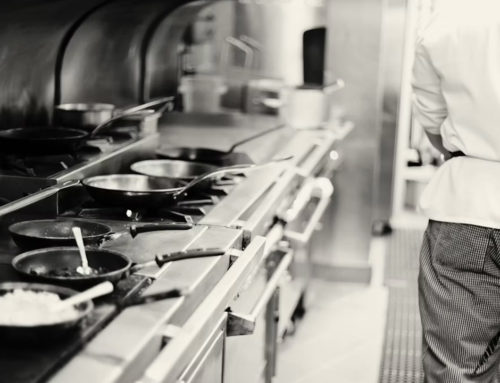How Do Health Inspectors Check Grease Traps?

Health inspectors play a critical role in maintaining public safety and environmental health, especially in food establishments. One of their essential tasks is checking grease traps to ensure they are functioning properly and not contributing to health or environmental hazards. A grease trap is a plumbing device designed to intercept and capture grease, oils, and solids before they enter the sewer system. Proper maintenance of grease traps is crucial to prevent clogs, odors, and contamination. Here’s how health inspectors typically assess grease traps:
Reviewing Records and Logs
Before physically inspecting the grease trap, health inspectors often review maintenance records and logs. Most jurisdictions require food establishments to maintain detailed documentation of grease trap cleaning and maintenance. These records should include the date of service, the volume of grease removed, and the name of the service provider. Inspectors check these logs to ensure the grease trap is being serviced at regular intervals, usually every 30 to 90 days depending on the establishment’s size and output.
Visual Inspection of the Trap
The inspector examines the grease trap to assess its physical condition and cleanliness. They look for signs of neglect, such as overflowing grease, corrosion, or structural damage. An overflowing grease trap can indicate a lack of regular cleaning or maintenance, which is a violation of health and safety regulations.
Inspectors may also check the lid and sealing to ensure it is secure and odor-free. Foul odors could signal improper functioning or a significant buildup of grease and solids.
Measuring Grease Levels
Health inspectors often use a measuring tool to check the grease and solids levels inside the trap. A grease trap is considered full when grease and solids occupy about 25% of the trap’s liquid capacity. If the levels exceed this threshold, it can compromise the trap’s efficiency and lead to blockages. Failure to maintain appropriate levels may result in citations and fines.
Assessing Flow Rates
Inspectors sometimes evaluate the grease trap’s flow rate to ensure it is functioning as designed. This involves checking whether the device is effectively capturing grease and allowing water to flow into the sewer system. A slow flow rate may indicate blockages or insufficient maintenance.
Testing for Compliance
Inspectors may collect samples of water exiting the grease trap to test for grease and oil content. High levels of grease in the water can signify that the trap is not working effectively, either due to overloading, incorrect installation, or inadequate cleaning.
Inspecting the Surrounding Area
The area around the grease trap is also inspected for spills, leaks, or signs of improper disposal. Spills can create slip hazards and attract pests, while improper disposal of grease can lead to environmental contamination.
Providing Feedback and Enforcement
After the inspection, the health inspector provides feedback to the establishment. If violations are found, they may issue warnings, fines, or require immediate corrective action. Serious violations can result in temporary closure until the issues are resolved.
Regular and thorough grease trap inspections are essential for preventing health hazards, sewer system damage, and environmental pollution. Health inspectors ensure compliance by assessing maintenance records, physical condition, grease levels, and overall functionality. By following these guidelines, food establishments can maintain compliance and contribute to a safer and cleaner community.




